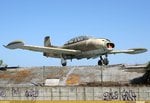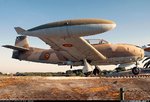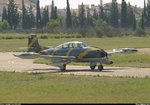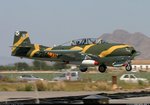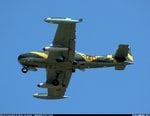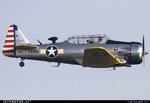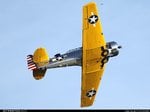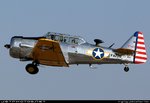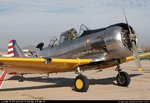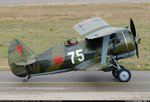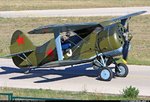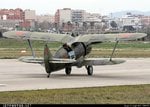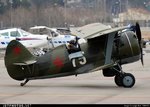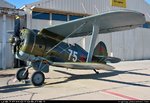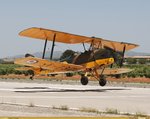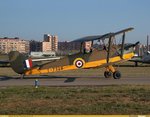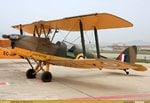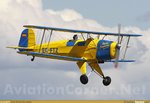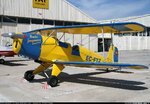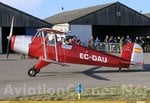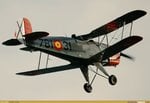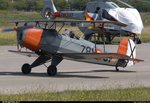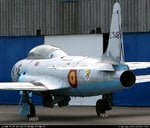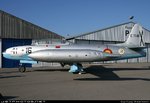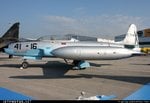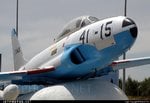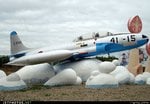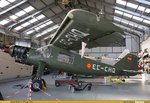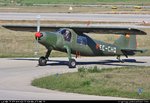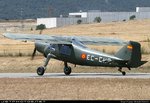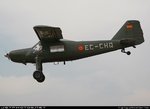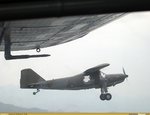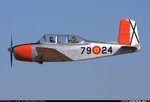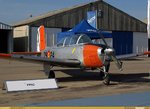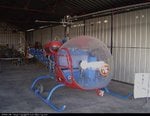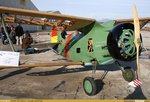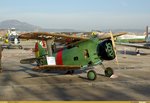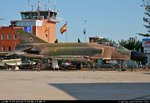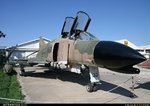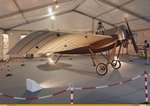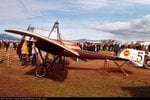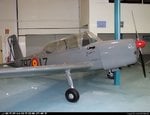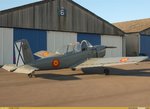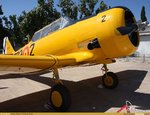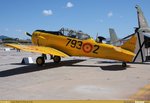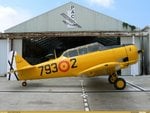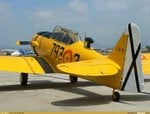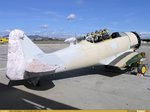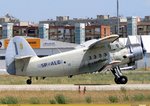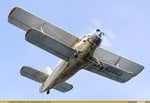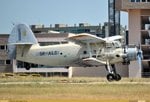The Parc Aeronàutic de Catalunya Foundation was created in 1997, gathering together a heterogeneous group of well-known entities and people in the world of Catalonian aeronautics. The common link was the aim to retrieve and popularise the aeronautical heritage. Nowadays its headquarters are located at Sabadell Airport with two local branches at El Prat de Llobregat and Vilanova. In the two hangars in Sabadell the aeroplanes, gliders and helicopters are stored and restored to flying condition with the help of an Occupational Training School run by the Foundation. The school has 22 students who are taught the basics of this subject, and they will given a TMA (Aircraft Maintenance Engineer) qualification when they finish their studies. On the third Sunday of each month the headquarters are opened to the public and several of the twelve airworthy aeroplanes can be seen, as well as those under restoration and the static displays. Amongst the airworthy planes are the only T34 Mentor currently in flying condition in Europe, a Fairchild 24R, a T6D, two Bücker Jungmann, one not very old but a very rare S223 Flamingo, as well as a HA220 Supersaeta jet which operates from Gerona airport. The static aircraft include a F86 Sabre, a Lockheed T33 at Vilanova, and a Mignon Pou du Ciel, which can be seen at El Prat, along side an interesting replica of the Monocoqe in which the aviation pioneer, Hedilla, flew from Barcelona to Majorca. The publication of papers and lectures on subjects of historical interest, specially related to the beginnings of the aeronautical activities in Catalonia, complete the activities of this young cultural.
Planes Available:
Bücker 131 Jungmann
SIAT S223 Flamingo
Dornier Do27
Hispano Aviación HA-200 Saeta
Hispano Aviación HA-220 Super Saeta
Fairchild 24R Argus
Beechcraft T-34 Mentor
Boeing 75 Stearman
North American T-6 Texan
Aerotécnica AC-12 Pepo
AISA I-115 Garrapata
Lockheed T-33A
Mignet HM-14 Pou du Ciel
Monocoque Hedilla II (rèplica)
North American F-86 Sabre
Polikarpov I-15 Chato (rèplica ¾)
Augusta Bell 47 G-2
Macchi MB-308
Aisa I-11B Vespa
McDonell Douglas F4 Phantom II
Zlin Z326 MF Trener-Master
Zlin Z526 Akrobat
Jodel D112 i D1190S
Cessna 170 A i B
Fairey Tippsy Nipper T66 MkII
DE HAVILLAND DH82 "TIGER MOTH"
Scheibe Mü 13E Bergfalke
Planes Available:
Bücker 131 Jungmann
SIAT S223 Flamingo
Dornier Do27
Hispano Aviación HA-200 Saeta
Hispano Aviación HA-220 Super Saeta
Fairchild 24R Argus
Beechcraft T-34 Mentor
Boeing 75 Stearman
North American T-6 Texan
Aerotécnica AC-12 Pepo
AISA I-115 Garrapata
Lockheed T-33A
Mignet HM-14 Pou du Ciel
Monocoque Hedilla II (rèplica)
North American F-86 Sabre
Polikarpov I-15 Chato (rèplica ¾)
Augusta Bell 47 G-2
Macchi MB-308
Aisa I-11B Vespa
McDonell Douglas F4 Phantom II
Zlin Z326 MF Trener-Master
Zlin Z526 Akrobat
Jodel D112 i D1190S
Cessna 170 A i B
Fairey Tippsy Nipper T66 MkII
DE HAVILLAND DH82 "TIGER MOTH"
Scheibe Mü 13E Bergfalke
Last edited:

